Source : IgMp Bureau
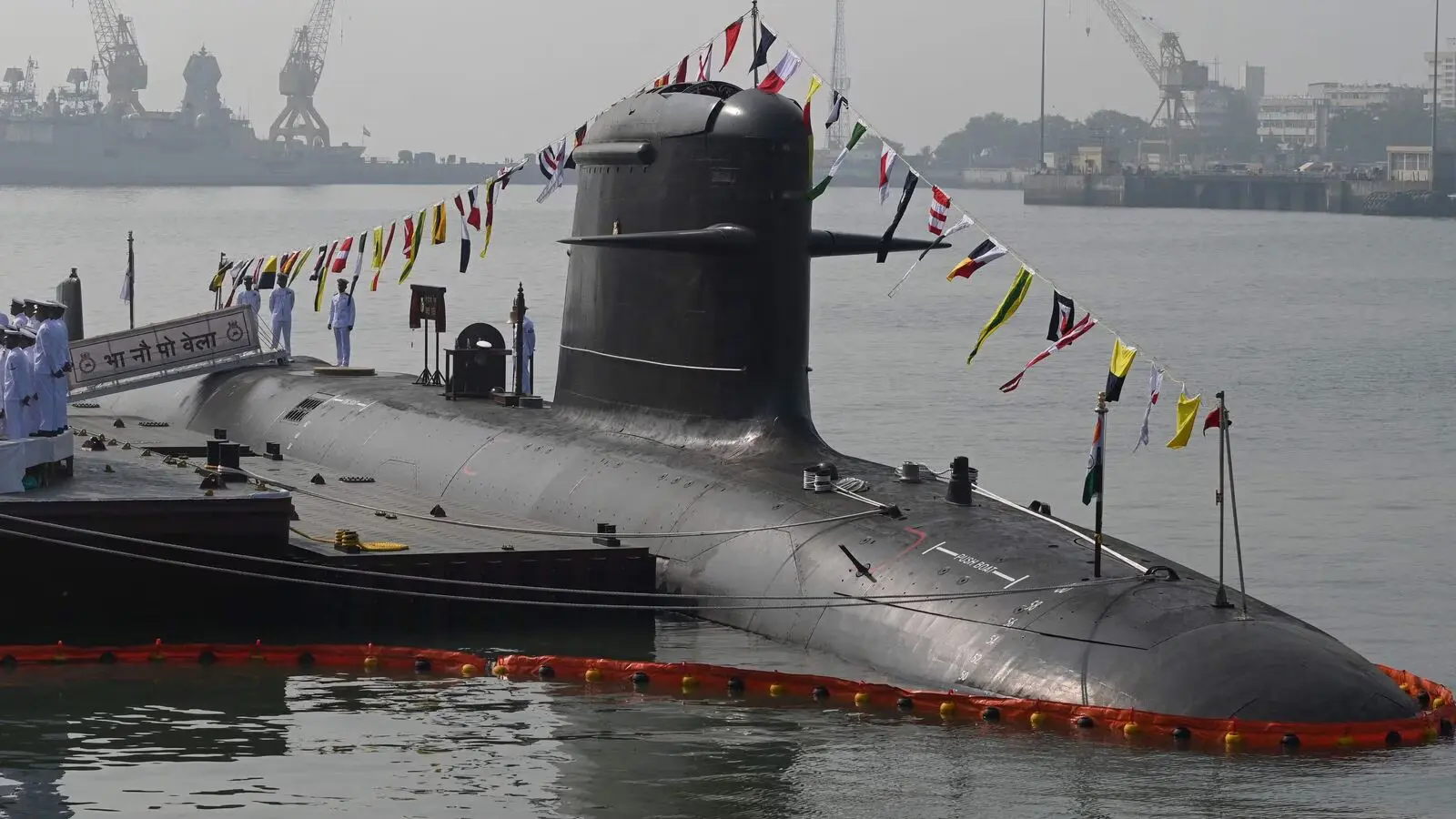
India to acquire more than 30 submarines to counter growing Chinese Navy
In recent years, the geopolitical landscape in the Indo-Pacific region has been undergoing significant shifts, with India and China emerging as key players in the race for naval supremacy. With the growing presence of the Chinese Navy in the Indian Ocean and the South China Sea, India is now gearing up to bolster its maritime defenses by acquiring more than 30 submarines. In this article, we will delve into India’s ambitious plan to counter the expanding Chinese Navy and the strategic significance of this endeavor.
The Growing Geopolitical Tensions
India’s Concerns
India’s concerns regarding the increasing presence of the Chinese Navy in the Indian Ocean are well-founded. With China aggressively pursuing its “String of Pearls” strategy, establishing naval bases in the region, India finds itself in a strategically vulnerable position.
The String of Pearls
The “String of Pearls” strategy refers to China’s efforts to encircle India by building a network of naval bases and infrastructure in countries such as Pakistan, Sri Lanka, and Myanmar. These bases serve as crucial outposts for the Chinese Navy, enabling them to exert influence in the Indian Ocean.
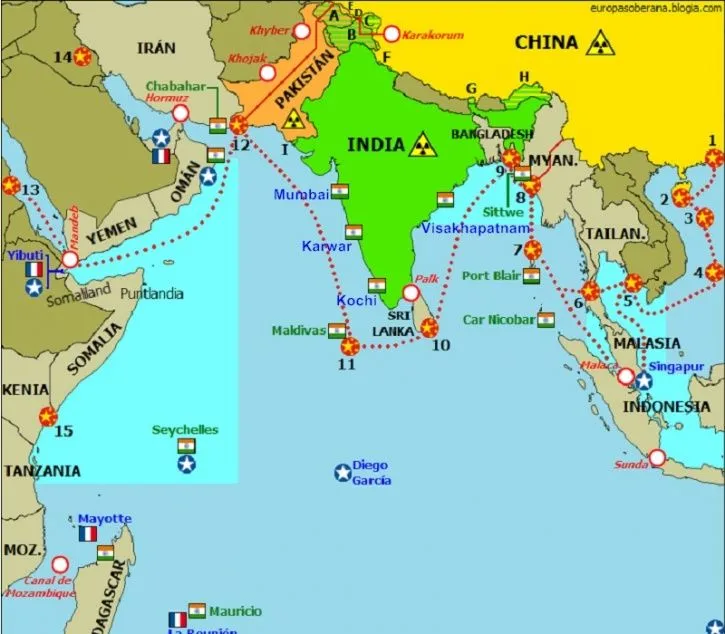
India’s Submarine Modernization Program, Strengthening Naval Capabilities
In response to these challenges, India has embarked on an ambitious submarine modernization program. The primary goal is to enhance its naval capabilities and maintain a credible deterrence against potential adversaries.
Submarines are a critical component of modern naval warfare. They offer stealth, agility, and the ability to operate undetected beneath the waves, making them an ideal choice for safeguarding India’s maritime interests.
The Numbers Game – The Ambitious Target
India’s plan to acquire more than 30 submarines is a clear indication of its commitment to maritime security. This substantial increase in submarine assets underscores the gravity of the situation in the Indo-Pacific.
By bolstering its submarine fleet, India aims to restore the naval balance of power in the region, ensuring that it can effectively counter the growing Chinese Navy.
Types of Submarines in Focus
Conventional Submarines
India’s submarine acquisition program includes a mix of conventional and nuclear-powered submarines. Conventional submarines are cost-effective and versatile, making them essential for coastal defense and patrolling.
Project-75I – A Leap Forward
A pivotal element of India’s submarine modernization initiative is the procurement of 21-27 next-generation conventional diesel submarines by 2040. These cutting-edge submarines are set to replace the aging 8 Russian/Soviet era Kilo-class and 4 Type 209 German submarines, which are set to retire around 2030.
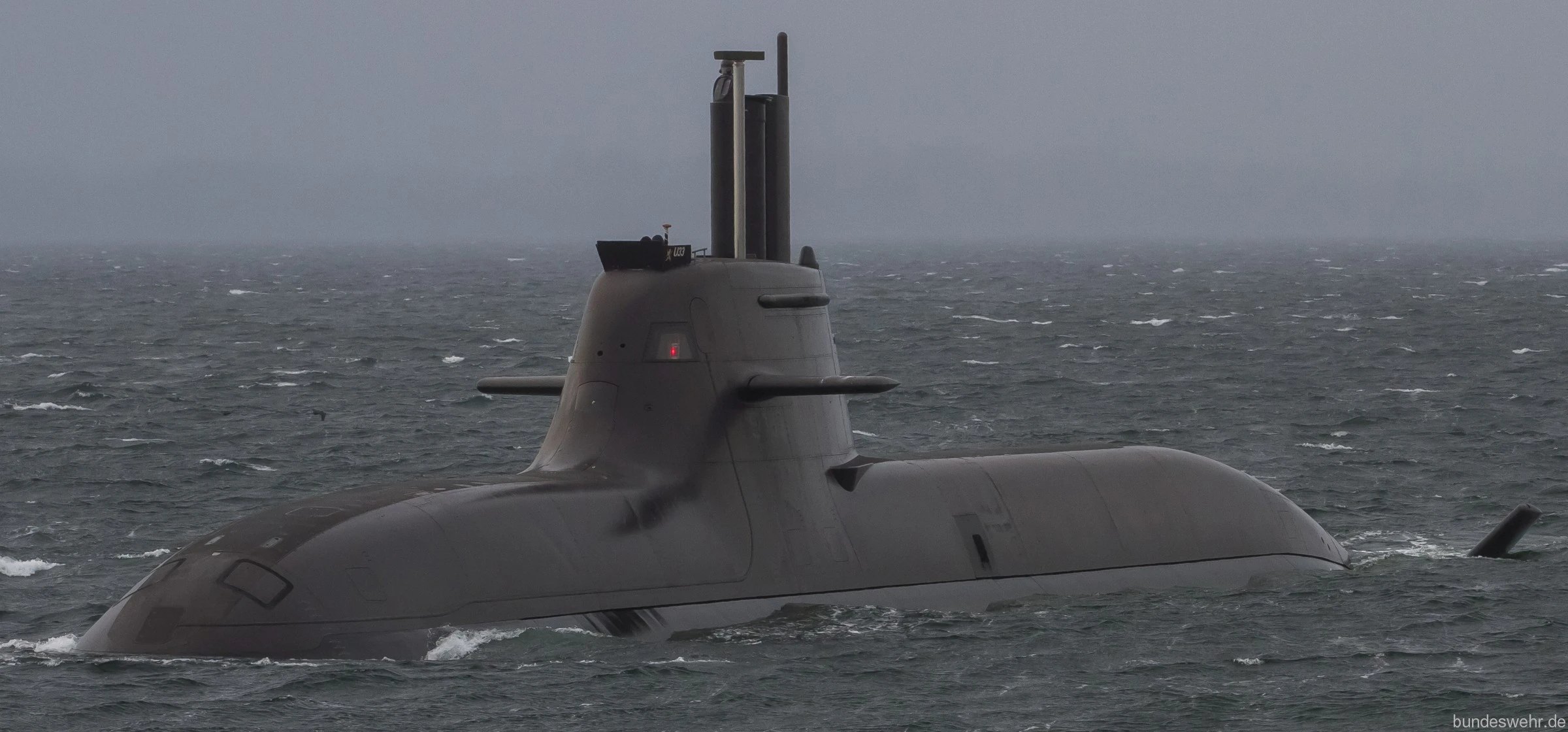
India’s Project-75I submarine program has attracted significant attention, with two prominent global contenders vying for the contract: the German Type-212 or HDW 212 class submarine and the Spanish S-80 Plus submarines, both submarines will come with Air Independent Propulsion (AIP) technology that will increase the endurance of these submarines underwater. The plan includes the local manufacturing of six submarines partnering with Indian shipyards, and bolstering India’s self-reliance in naval technology under Prime Minister Shri Narendra Modi’s ‘Make in India’ program.
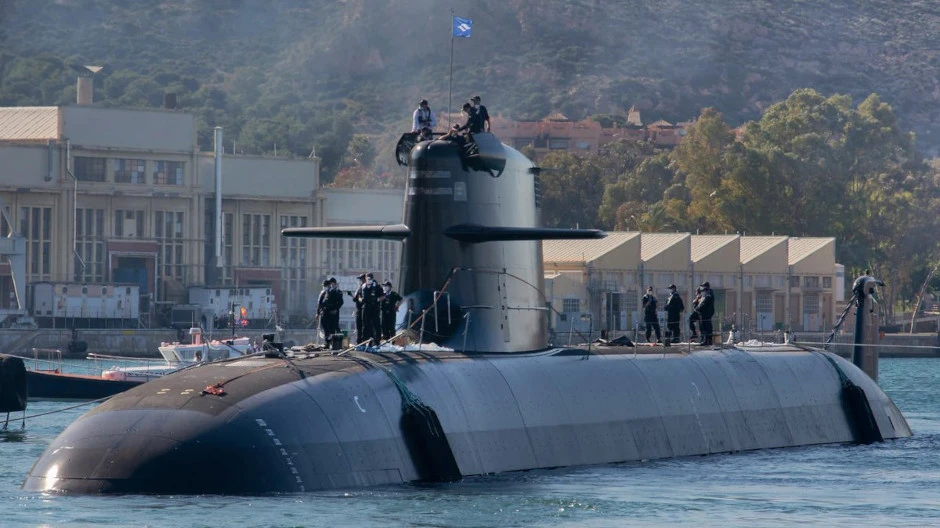
French Collaboration and the Super Kalvari Class
Simultaneously, the Indian Navy is partnering with the esteemed French shipyard, Naval Group, and the state-owned Mazagon Dock Shipbuilders Limited (MDL) to embark on the construction of 3 follow-on Kalvari-class submarines in India. This visionary initiative aligns perfectly with the “Make in India” campaign and leverages the invaluable expertise gained from the initial construction of six Kalvari-class submarines.
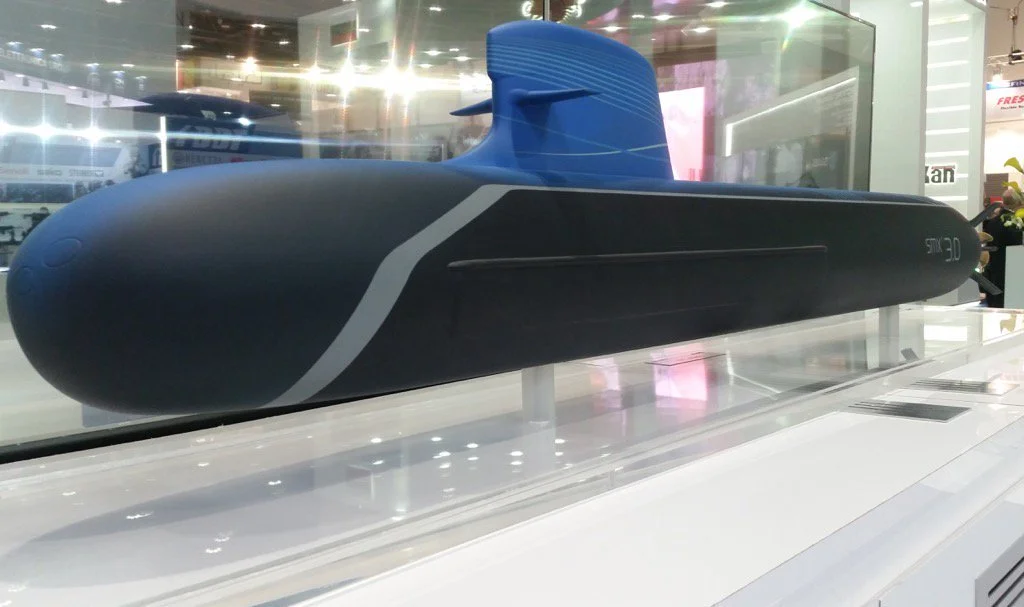
Beyond this, a new generation of submarines, often referred to as the “Super Kalvari” class, is currently in the pipeline. It is anticipated that the design for these enhanced submarines will be finalized by 2025-26, with construction potentially commencing by late 2028. The Indian Navy plans to order 6 such submarines extending the Kalvari class production line in MDL until 2040. These submarines will have 3,000 tonnes displacement, come equipped with fuel cell-based AIP, and will also feature 8 Vertical Launch System (VLS) tubes to launch BrahMos supersonic cruise missiles.
Project-76 indigenous submarines
In addition to the Project-75I, additional Kalvari class, and Super Kalvari class submarines, India has already started to pursue the plan to design and manufacture its first fully indigenous conventional diesel-electric powered submarine in the country. There are plans for 6-12 such indigenous submarines that will come equipped with DRDO developed fuel cell based Air Independent Propulsion (AIP) system, and will feature more than 10-12 VLS tubes to launch BrahMos supersonic cruise missiles and upcoming Long Range Land Attack Cruise Missile (LR-LACM) which will have a range around 1,500km range.
Nuclear-Powered Submarines
Nuclear-powered submarines provide extended endurance and range, enabling India to project power further into the Indian Ocean. They serve as a strategic asset, deterring potential aggressors.
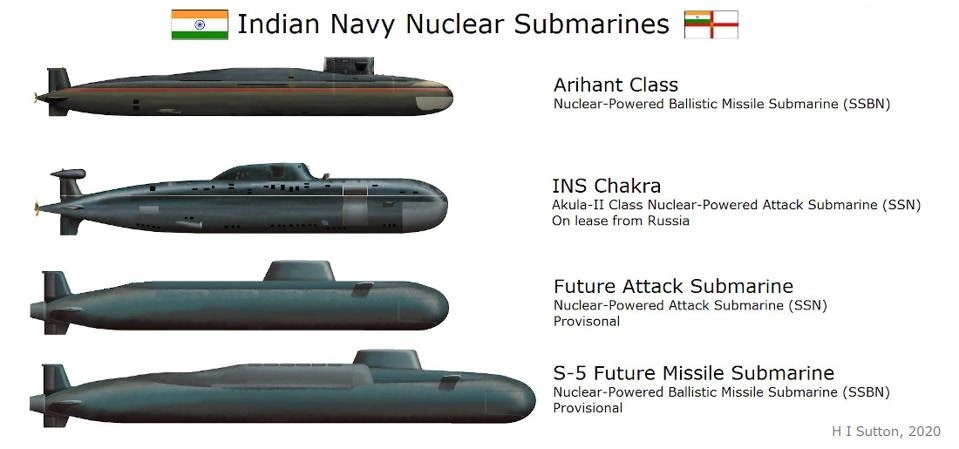
India’s goal is to indigenously develop three SSNs, with the possibility of ordering three more submarines in later stages. These nuclear-powered submarines represent a monumental leap in India’s underwater capabilities and serve as a potent deterrent force in the Indian Ocean.
In addition to these attack submarines, India is also building 2 more Arihant class SSBN (Nuclear Powered Ballistic Missile) submarines and also designing three new S5 class SSBNs which will have more than 13,000 tonnes displacement, more than twice its predecessor Arihant.
Safeguarding Maritime Security
In conclusion, India’s pursuit of acquiring more than 30 submarines is a clear testament to its commitment to safeguarding its maritime interests and countering the growing influence of the Chinese Navy in the Indo-Pacific. This ambitious endeavor signifies India’s determination to maintain peace and stability in the region. The evolving geopolitical dynamics in the region, particularly in light of China’s expanding naval influence, have prompted India to fortify its naval capabilities and assertively protect its interests in the IOR.
NOTE : Article cannot be reproduced or no information from this article should be used without written permission of theigmp.org in any form even for YouTube Videos to avoid Copy right strikes, if we find same informations or the entire article without our permission, we will take necessary action.







